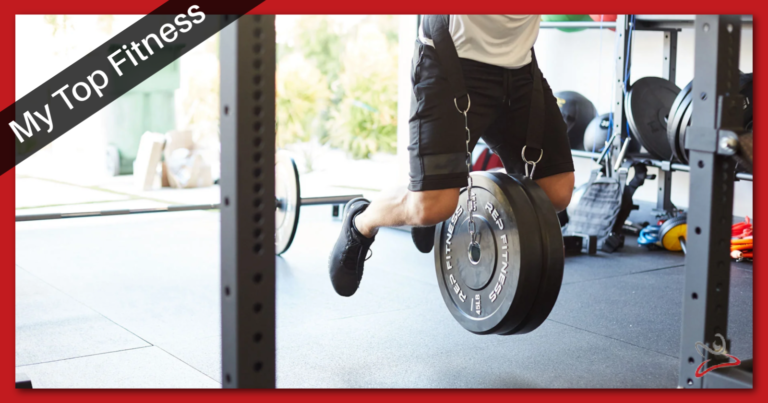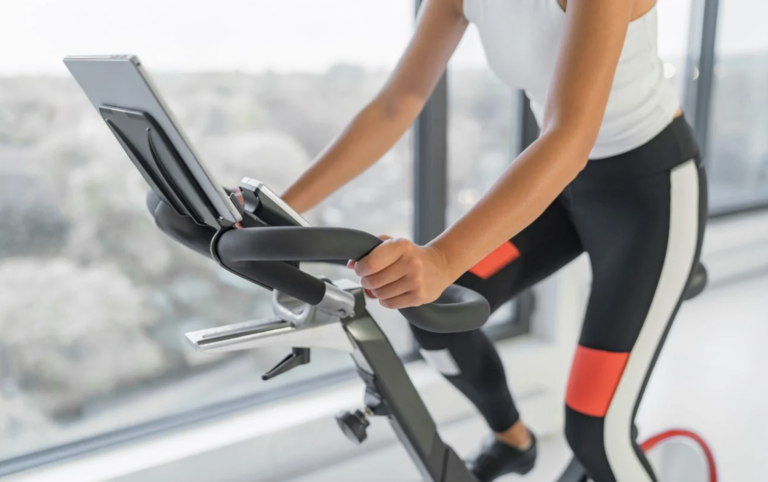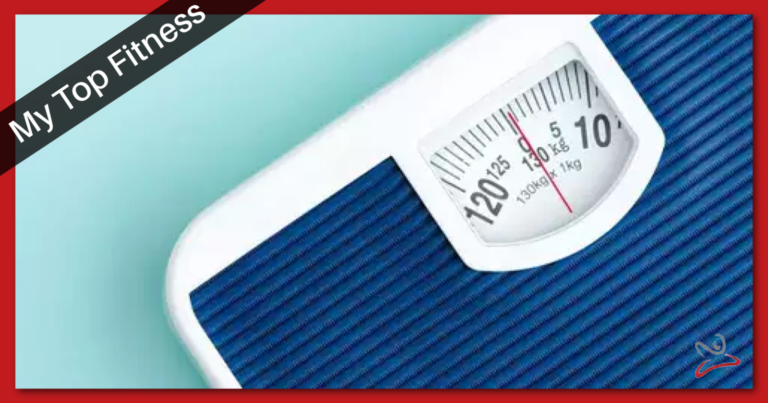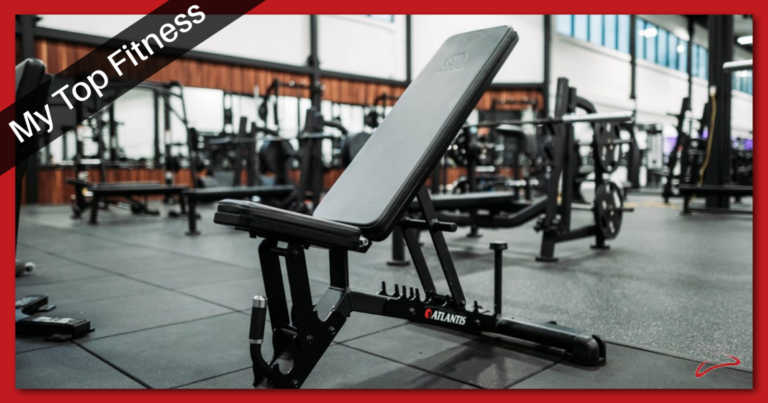How Many Sit Ups Does It Take to Lose a Pound? Discover the Surprising Answer!
Are you trying to lose weight and wondering how many sit-ups it takes to lose a pound? Sit-ups are a popular exercise that many people turn to when they want to tone their abs and lose weight. However, the question remains: how many sit-ups do you need to do to lose one pound of fat?
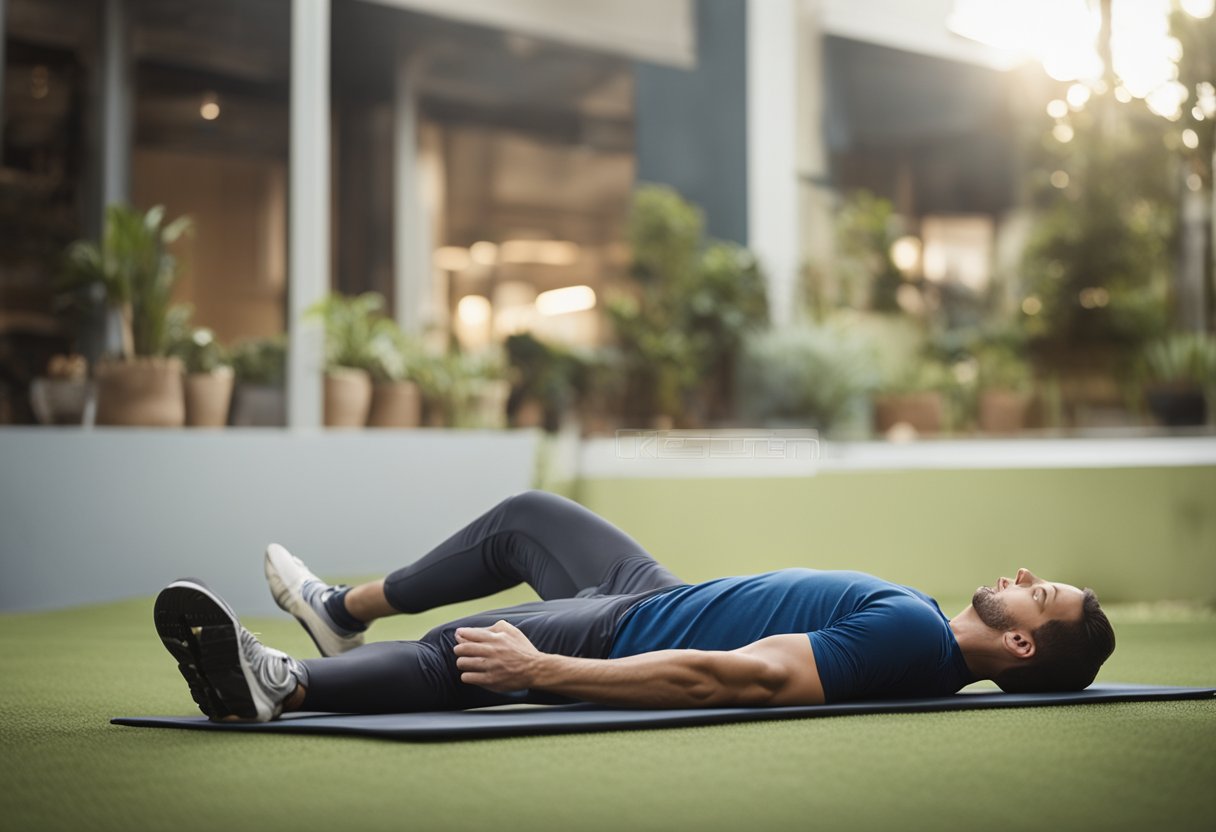
To understand how many sit-ups it takes to lose a pound, it’s important to first understand weight loss. Losing weight requires creating a calorie deficit, which means burning more calories than you consume. It’s generally accepted that a calorie deficit of 3,500 calories will result in a weight loss of one pound. This means that in order to lose one pound of fat, you need to burn 3,500 calories more than you consume.
When it comes to exercise and weight loss, sit-ups can be an effective way to burn calories and build muscle. However, they are not a magic solution for weight loss. In order to see results, you need to combine sit-ups with a healthy diet and other forms of exercise. So, how many sit-ups do you need to do to lose one pound of fat? Let’s take a closer look.
Key Takeaways
- Losing weight requires creating a calorie deficit of 3,500 calories.
- Sit-ups can be an effective way to burn calories and build muscle, but they should be combined with a healthy diet and other forms of exercise.
- The number of sit-ups it takes to lose one pound of fat depends on a variety of factors, including your weight, intensity level, and diet.
Understanding Weight Loss
Losing weight can be a challenging journey, but it is achievable with the right mindset and approach. Weight loss occurs when you burn more calories than you consume, creating a calorie deficit. One pound of fat is equivalent to 3,500 calories, so to lose one pound, you need to create a deficit of 3,500 calories.
Your metabolism plays a crucial role in weight loss. Metabolism refers to the chemical processes that occur in your body to maintain life. Your resting metabolic rate (RMR) is the number of calories your body burns at rest to keep your organs functioning. The higher your RMR, the more calories your body burns even when you’re not exercising.
To lose weight, you need to create a calorie deficit by reducing your calorie intake or increasing your physical activity. The key is to find a balance that works for you and your lifestyle. You don’t want to be hungry all the time or over-exercise, as this can lead to burnout and frustration.
Incorporating exercises like sit-ups into your routine can help you burn more calories and create a calorie deficit. However, sit-ups alone won’t lead to significant weight loss. To lose one pound of fat, you need to burn 3,500 calories. According to a source, vigorous calisthenics such as push-ups and sit-ups will burn 430 calories in an hour if you weigh 130 pounds, and 563 calories in an hour if you weigh 155 pounds. Extrapolating these figures, it would take a little over eight hours of sit-ups to burn the 3,500 calories needed to lose one pound of fat.
In summary, weight loss occurs when you create a calorie deficit by burning more calories than you consume. Incorporating exercises like sit-ups can help you burn more calories, but they alone won’t lead to significant weight loss. It’s essential to find a balance that works for you and your lifestyle to achieve your weight loss goals.
The Role of Exercise in Weight Loss
You may have heard that exercise is an essential component of weight loss. While it is true that exercise can help you lose weight, it is not the only factor to consider. In fact, diet plays a more significant role in weight loss than exercise. However, exercise can be an effective way to burn calories and increase muscle mass, which can help you lose weight.
When it comes to exercise, there are two main types: cardio and strength training. Cardiovascular exercise, such as running, biking, or swimming, can help you burn a lot of calories in a short amount of time. Strength training, such as squats, deadlifts, and push-ups, can help you build muscle mass, which can increase your metabolic rate and help you burn more calories at rest.
When it comes to losing weight, it is important to burn more calories than you consume. This can be achieved through a combination of diet and exercise. To lose one pound of body fat, you need to create a calorie deficit of 3,500 calories. This can be achieved by burning an extra 500 calories per day through exercise, reducing your calorie intake by 500 calories per day, or a combination of both.
While sit-ups can help strengthen your core muscles, they are not an effective way to lose weight. To lose weight, you need to burn calories through cardio and strength training exercises. However, incorporating sit-ups into your exercise routine can help you build a stronger core, which can improve your posture and balance.
Experts recommend incorporating a variety of exercises into your routine to target different muscle groups and prevent injury. It is also important to gradually increase the intensity and duration of your workouts to avoid fatigue and serious side effects. If you are new to exercise, consider working with a personal trainer to develop a safe and effective workout plan.
In summary, exercise can be an effective way to lose weight, but it is not the only factor to consider. To lose weight, you need to create a calorie deficit through a combination of diet and exercise. Incorporating a variety of exercises into your routine can help you target different muscle groups and prevent injury.
Sit-Ups and Weight Loss

If you’re looking to lose weight, you might be wondering how many sit-ups you need to do to burn off a pound of fat. Unfortunately, there’s no easy answer to this question. While sit-ups can help you build muscle in your core, they won’t necessarily lead to significant weight loss on their own.
To lose a pound of fat, you need to create a calorie deficit of around 3,500 calories. This means that you need to burn 3,500 more calories than you consume. While doing sit-ups can help increase your overall calorie burn, the number of sit-ups it takes to burn off a pound of fat will vary depending on a number of factors.
One of the most important factors is the intensity of your sit-up workout. The harder you work, the more calories you’ll burn. Additionally, proper form is essential to maximizing the effectiveness of your sit-up workout. Focus on engaging your core muscles, including your rectus abdominis and obliques, and avoid using momentum to swing your body up.
While sit-ups alone won’t lead to significant weight loss, they can be an effective part of a comprehensive weight loss plan. In addition to doing core exercises like sit-ups, you’ll also need to focus on eating a healthy, balanced diet and engaging in regular aerobic exercise to burn off fat.
In summary, sit-ups can be a helpful addition to your weight loss routine, but they won’t lead to significant weight loss on their own. Focus on creating a calorie deficit through a combination of healthy eating and exercise, and use sit-ups to build muscle and support your weight loss goals.
Diet and Nutrition for Weight Loss
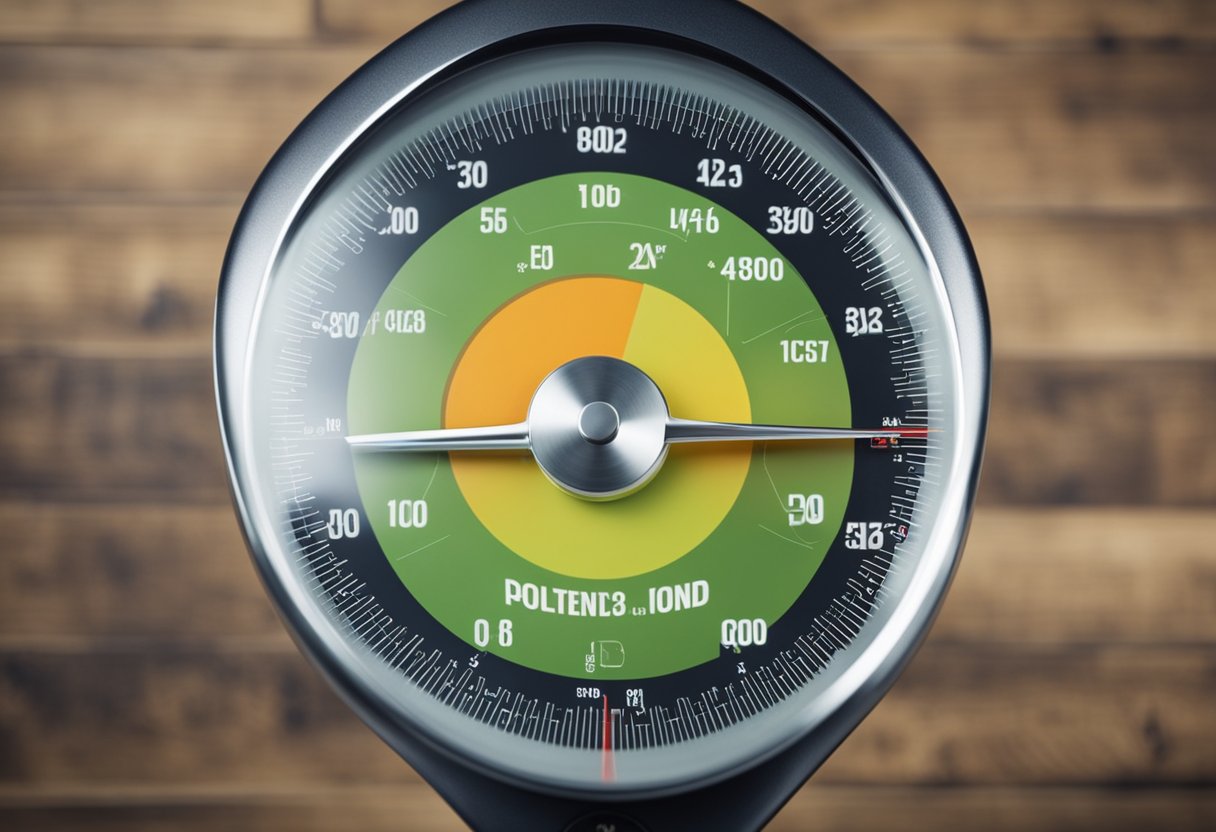
To lose weight, you need to create a calorie deficit. This means that you need to burn more calories than you consume. While exercise can help you burn calories, it’s important to also pay attention to your diet and nutrition.
A healthy and balanced diet is essential for weight loss. This means eating a variety of foods from different food groups, including fruits, vegetables, whole grains, lean protein, and healthy fats.
When it comes to weight loss, it’s important to pay attention to your calorie intake. You need to eat fewer calories than you burn to lose weight. This doesn’t mean you should drastically reduce your calorie intake, as this can be unhealthy and unsustainable. Instead, aim for a moderate calorie deficit of around 500-750 calories per day.
Protein is an important nutrient for weight loss. It helps you feel full and satisfied, which can help you eat fewer calories overall. Aim to include lean protein sources such as chicken, fish, tofu, and legumes in your diet.
Fruits and vegetables are also important for weight loss. They are low in calories but high in fiber and nutrients, which can help you feel full and satisfied. Aim to include a variety of colorful fruits and vegetables in your diet.
Carbohydrates are also an important part of a healthy diet, but it’s important to choose the right types of carbs. Aim for complex carbohydrates such as whole grains, fruits, and vegetables, and avoid processed and refined carbohydrates such as white bread and sugary drinks.
In addition to paying attention to your calorie and nutrient intake, it’s also important to avoid processed and junk foods. These foods are often high in calories, sugar, and unhealthy fats, and can sabotage your weight loss efforts.
Overall, a healthy and balanced diet is essential for weight loss. By paying attention to your calorie and nutrient intake, and choosing whole, unprocessed foods, you can create a sustainable and healthy approach to weight loss.
Other Effective Exercises for Weight Loss
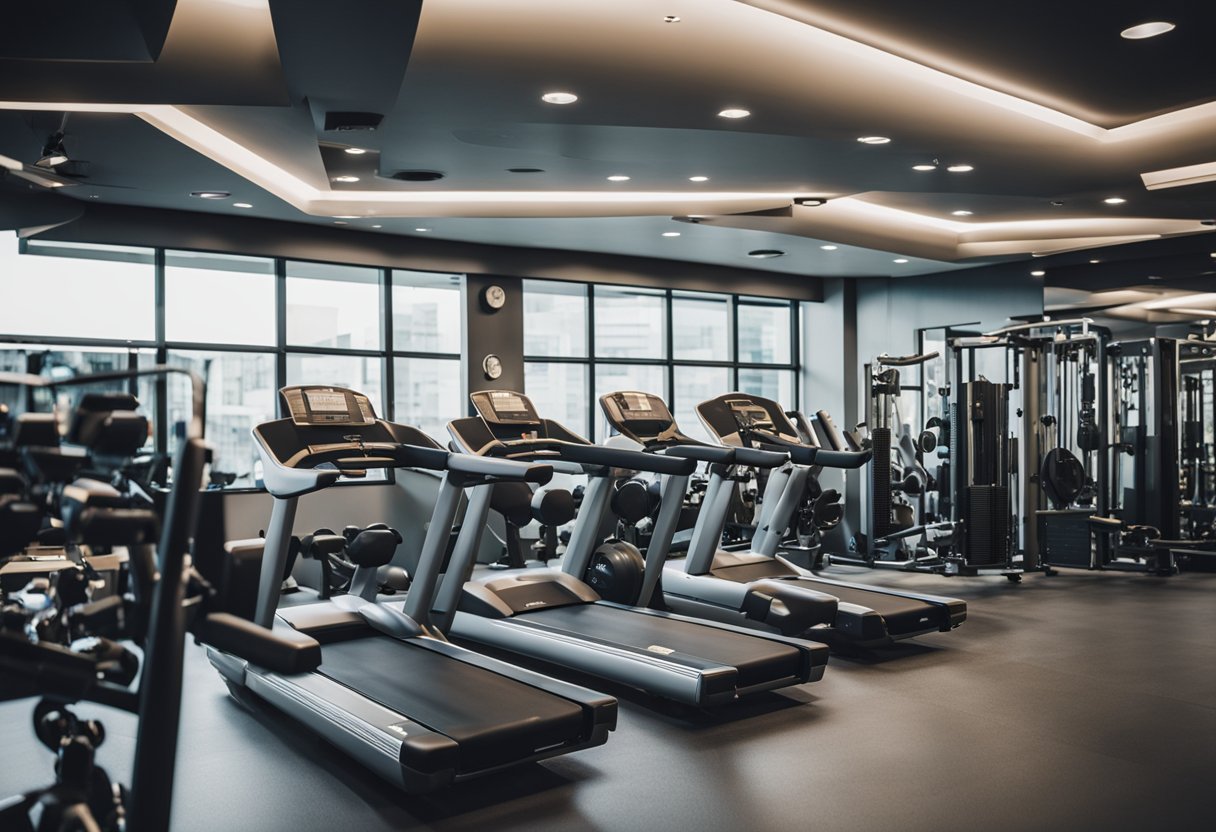
While sit-ups can help strengthen your core muscles, they may not be the most effective exercise for weight loss. Incorporating other exercises into your routine can help you burn more calories and lose weight faster. Here are some other exercises you can try:
Cardio
Cardio exercises are great for burning calories and losing weight. Running, walking, biking, and swimming are all excellent forms of cardio that you can add to your routine. These exercises can help you burn anywhere from 300 to 600 calories per hour, depending on your intensity level.
Strength Training
Strength training is another effective way to lose weight. Resistance training exercises like squats, deadlifts, push-ups, and pull-ups can help you build muscle and increase your metabolism. This means you’ll burn more calories even when you’re not working out.
Planks
Planks are a great exercise for strengthening your core muscles. They can also help you burn calories and lose weight. To do a plank, get into a push-up position and hold it for as long as you can. Try to hold it for at least 30 seconds and work your way up to a minute or more.
HIIT
High-intensity interval training (HIIT) is a great way to burn calories and lose weight. This type of exercise involves short bursts of intense activity followed by periods of rest. HIIT workouts can be done in as little as 20 minutes and can help you burn up to 500 calories per session.
Incorporating these exercises into your routine can help you burn more calories, lose weight faster, and achieve your fitness goals. Remember to always consult with a healthcare professional before starting any new exercise routine.
Conclusion
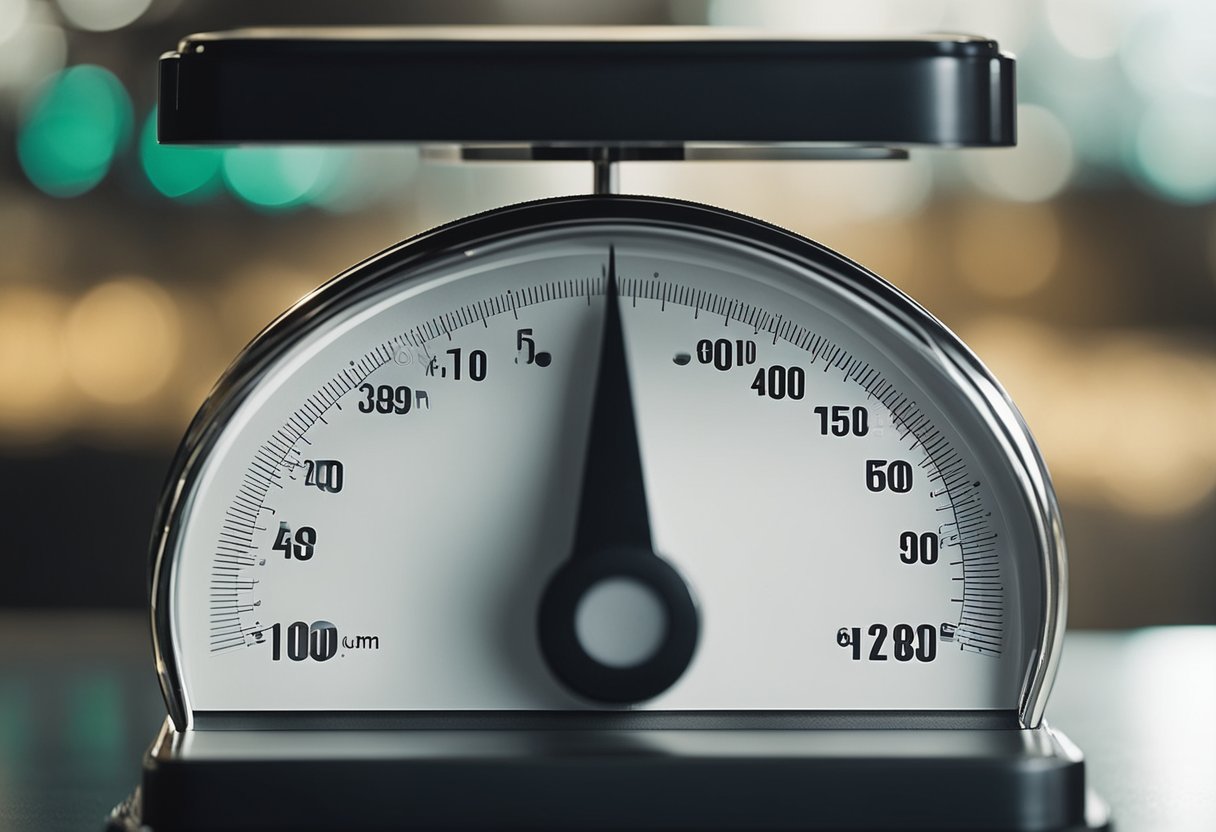
Congratulations! You have learned a lot about sit-ups and weight loss. You now know that sit-ups alone are not enough to lose a pound of weight. You need to create a calorie deficit by burning more calories than you consume.
Sit-ups can help you build lean muscle mass, which can increase your metabolism and aid in weight loss. However, it’s important to start with a manageable number and gradually increase the repetitions over time. Begin with two sets of 10 to 15 sit-ups, ensuring proper form and technique.
Remember that weight loss is a gradual process. Don’t expect to lose a pound of weight in a day or a week. Losing weight requires patience, dedication, and discipline. You need to make healthy lifestyle choices such as eating a balanced diet, getting enough sleep, and exercising regularly.
In summary, sit-ups can be a useful exercise for weight loss, but they are not a magic solution. You need to combine them with other exercises and healthy habits to achieve your weight loss goals. Keep up the good work and stay motivated!

